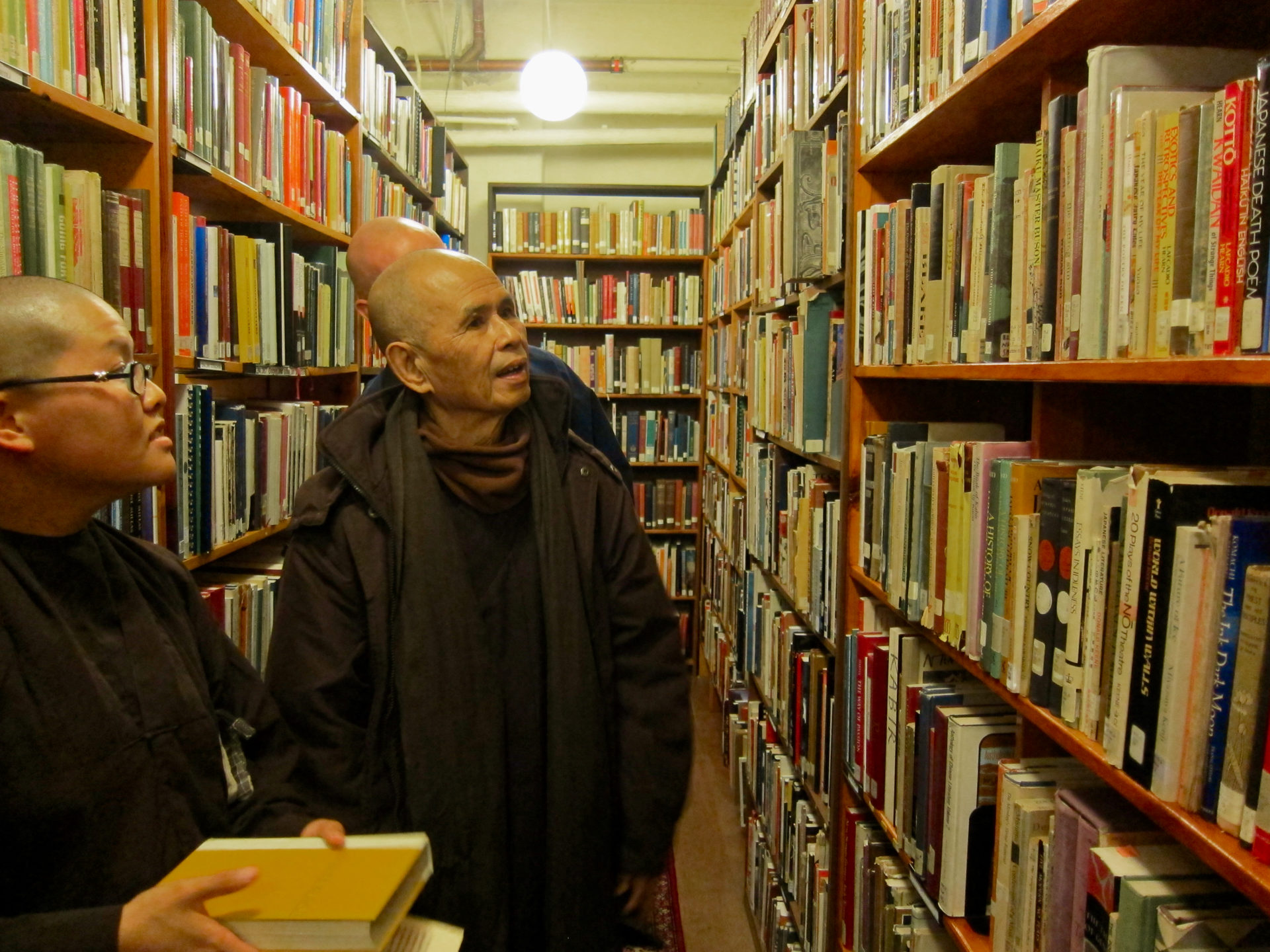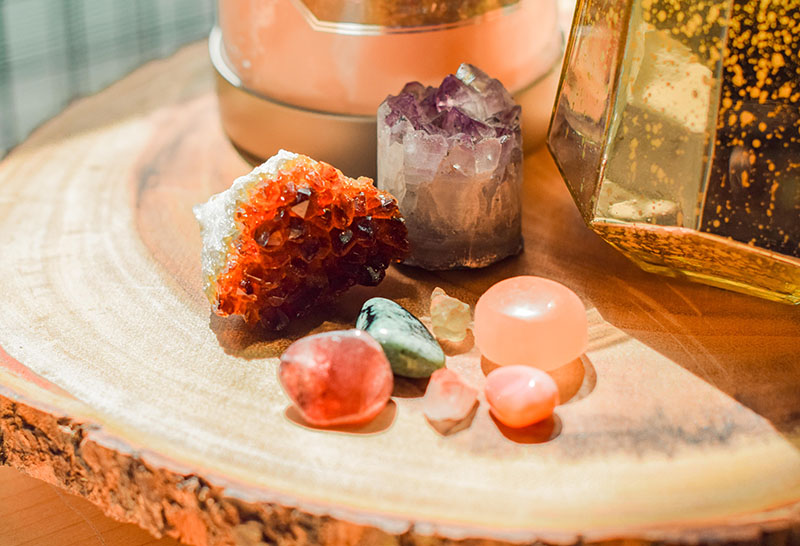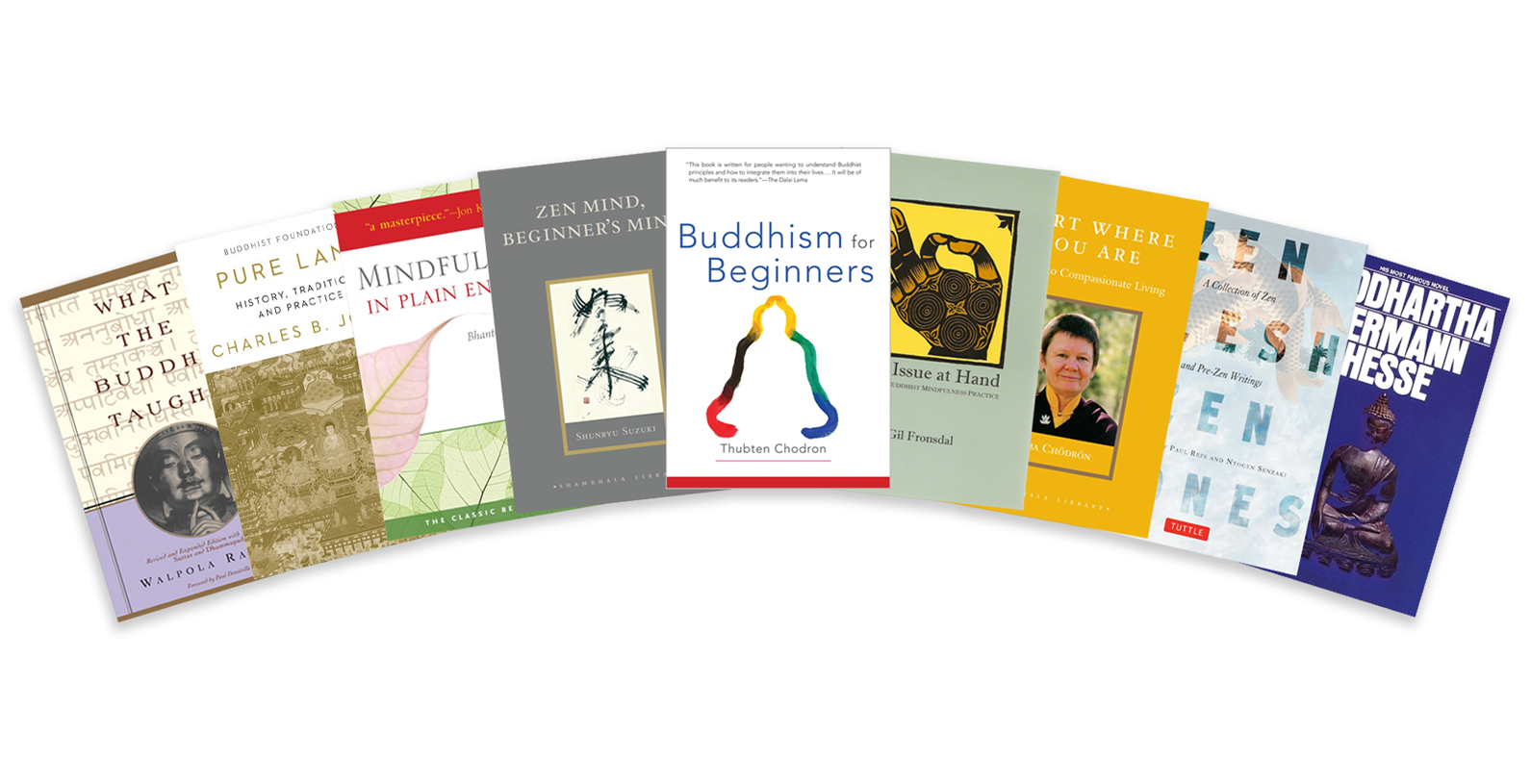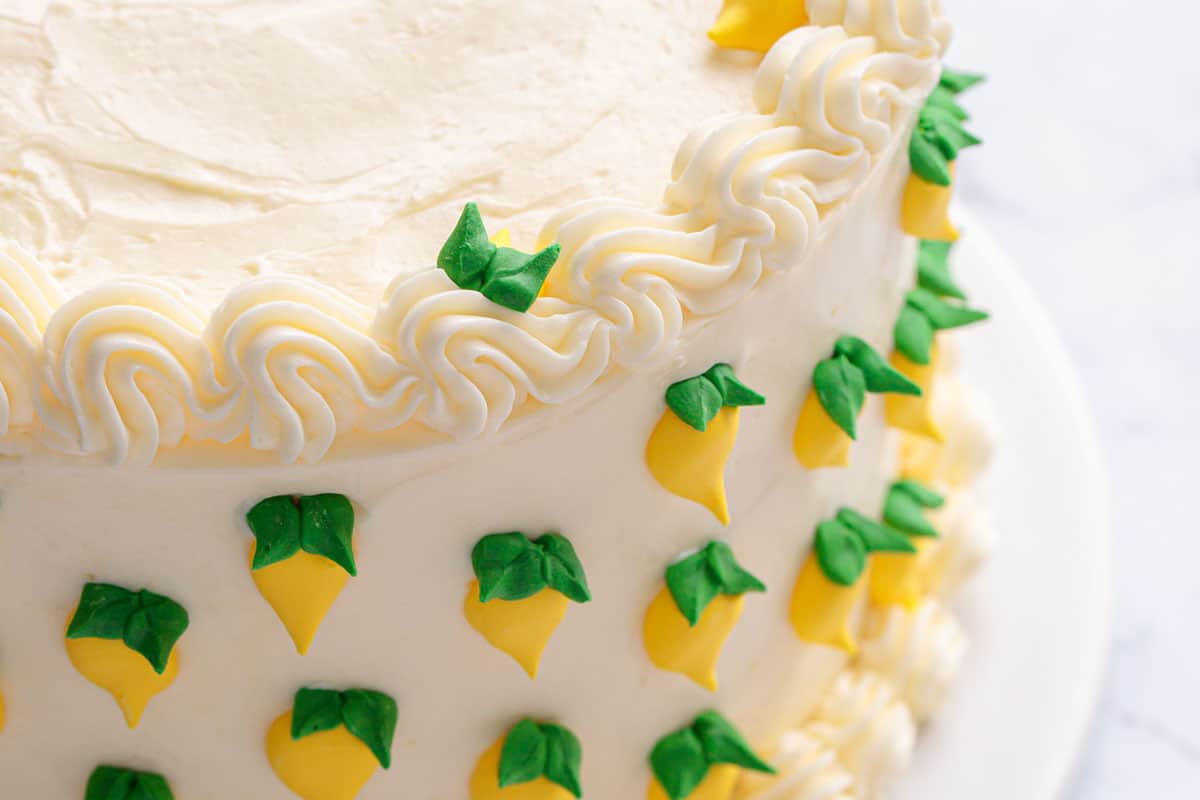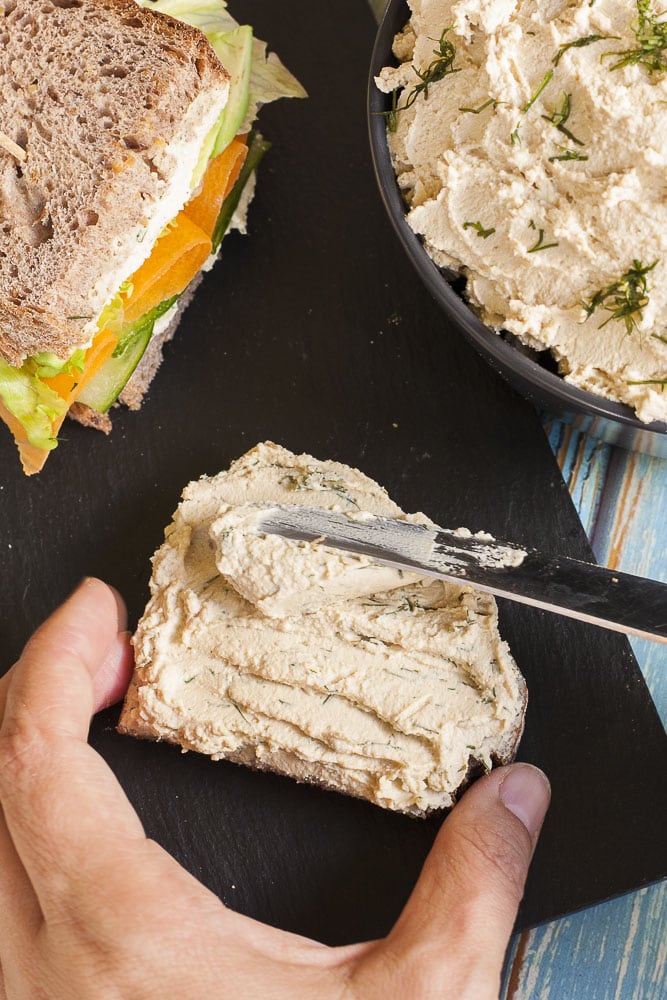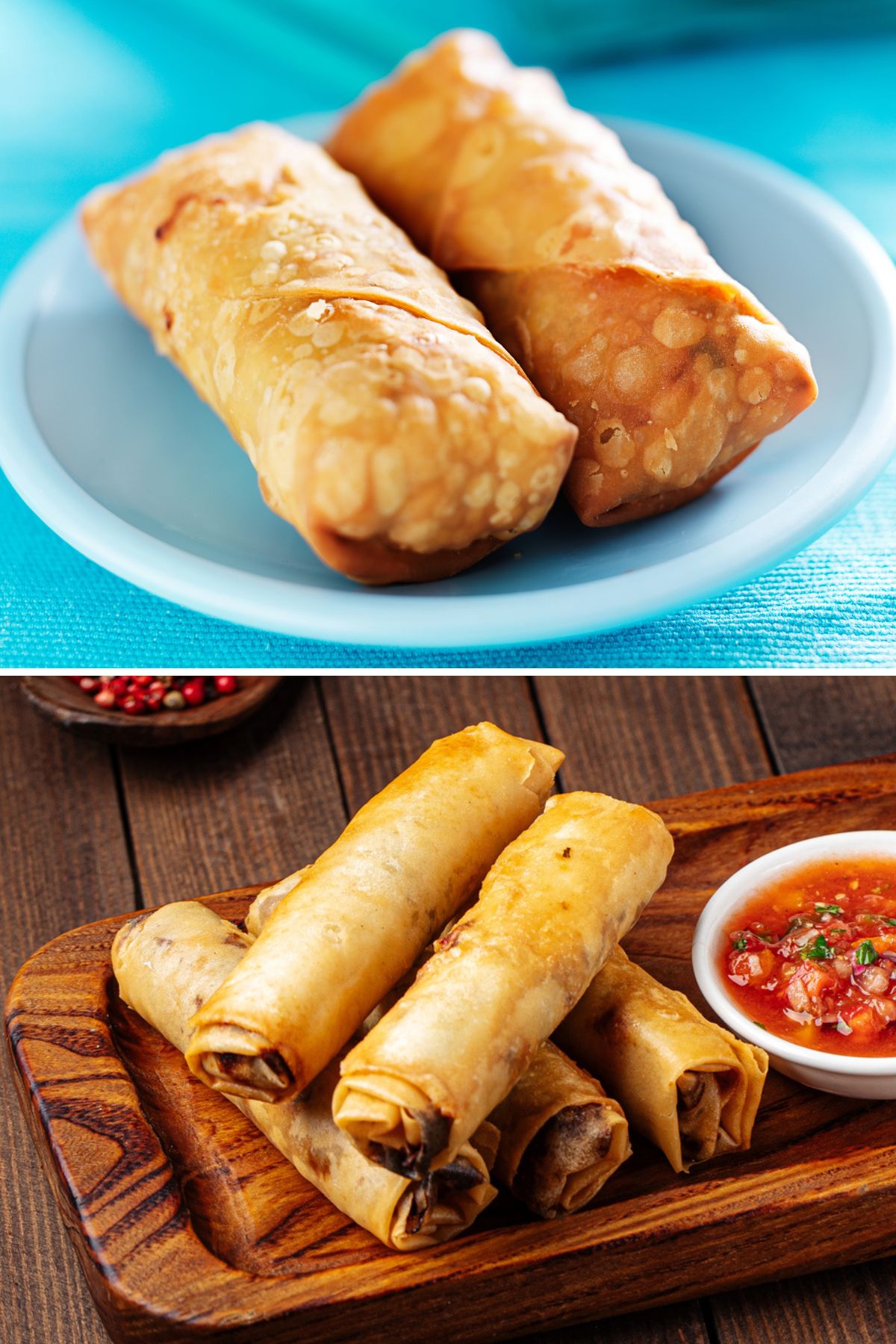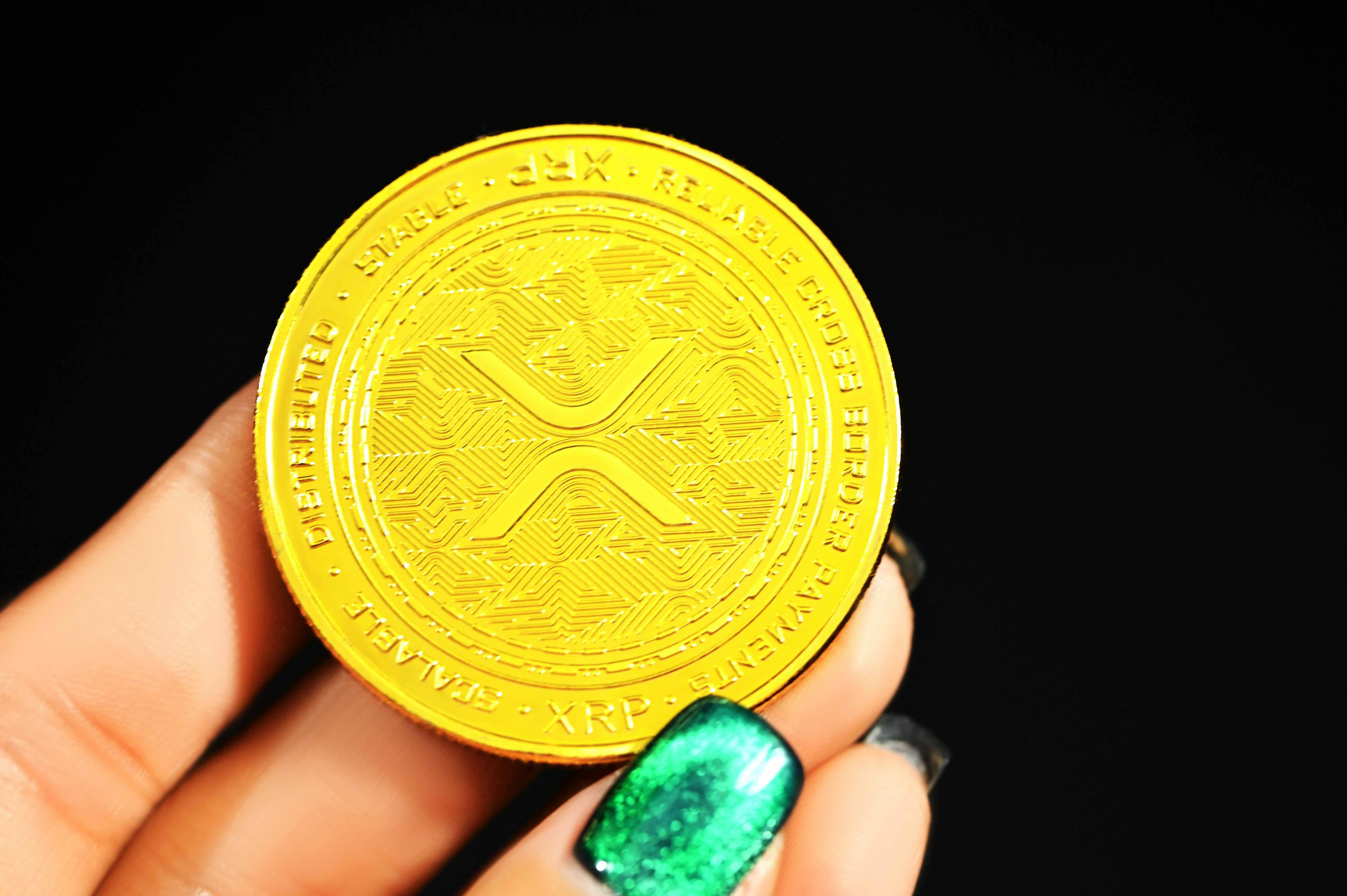How Buddhism First Carried Sugar from India to China (and Back Again)
Before the story of its violent colonial legacy began, the sweetener had its earliest origins in the dharma. The post How Buddhism First Carried Sugar from India to China (and Back Again) appeared first on Tricycle: The Buddhist Review.
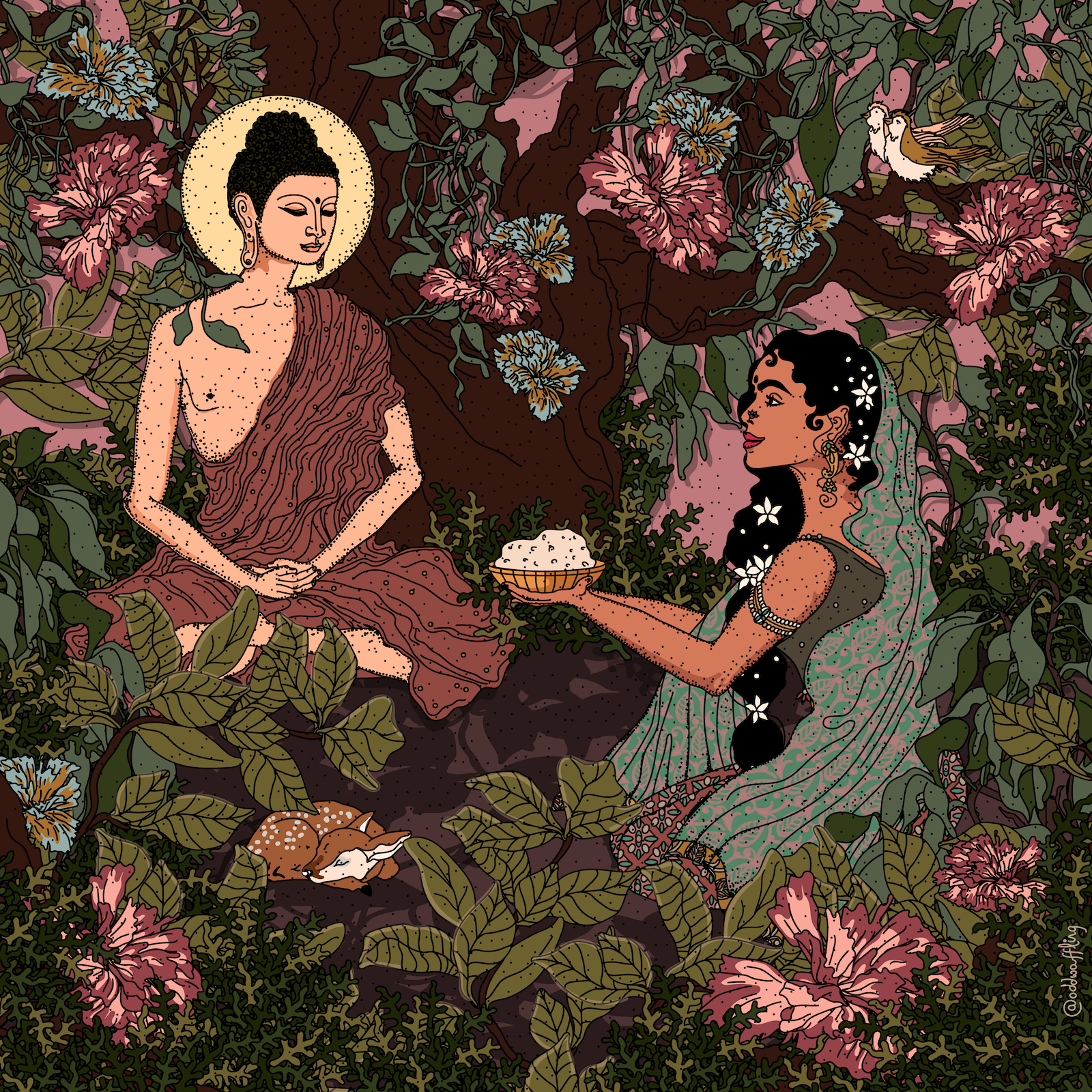
The history of sugar has long been tied to the horrors of the transatlantic slave trade—where more than 12 million people were shipped from Africa to the Americas and forced into servitude to cultivate the massive sugar plantations of Brazil and the Caribbean. And yet, the sweetener and preserver’s earliest history is a different story: one of cultural exchange, goodwill, and even the dharma. This is the story about how Buddhist monks first carried sugar-making technology from India to China and how the product would eventually make its way back.
For the Buddhists of Tang-era China, India was an important place of pilgrimage. Hundreds of monks from China visited India between 400 and 900 CE. One such seeker was Xuanzang, the famed Chinese Buddhist scholar-monk who first traveled to India in 627 CE—without the requisite formal authorization from the Chinese court—to gather Buddhist doctrine from its source. And it was Xuanzang who urged the powerful ruler King Harsha, a strong supporter and patron of Buddhism himself, to send envoys to China.
Fortunately, Xuanzang’s efforts bore fruit. Between 641 and 658 CE, four official diplomatic missions traveled from China to India, vaulting over tall mountains and tottering through teeming forests—enshrining these routes as conduits for diplomacy and the diffusion of knowledge. These missions included information-gathering about Indian medicinal herbs such as turmeric, cardamom, and cloves not grown in China. However, chief among the crops the Chinese were interested in was Indian sugarcane. China had been familiar with sugar since the 3rd century, when it was used to impress Chinese royalty, through tributes, from Persia, Bukhara, and Southeast Asia. Yet it had been India that was seen by China and the West as the world’s best and most reliable source of sugar.
Botanists have posited that sugarcane was first domesticated in New Guinea in 8000 BCE and carried to India 2,000 years later. With its tropical climate, India was suitable ground for the water-intensive cultivation of sugarcane. It makes sense then that, before long, references to the crop began to appear in the region’s earliest agricultural and local religious traditions. The fourth Vedic text, Atharva Veda (c. 1200–900 BCE), contains numerous mentions of sugarcane cultivation and the preparation of sugar, including references to sugarcane (Sanskrit, ikshu) and granulated brown sugar (Sanskrit, sarkara), also known as “shakkar” in contemporary India. The common form of brown sugar pressed into a ball of jaggery—called gur (Urdu) or guda (Odia)—frequently popped up in medical texts like the Charaka Samhita (1st–2nd century CE) and the Sushruta Samhita (4th century CE), as it was associated with its strength-giving properties. But it wasn’t until the army of Alexander the Great came to India in 327 BCE that India’s sugar cultivation became more widely known, with General Nearchus describing the sweetener as a “reed that gives honey without bees.”
One can see traces of that slender stalk stitched into the earliest fabric of Buddhist discourse and even the story of the Buddha’s inception. In Sugar and Society in China: Peasants, Technology, and the World Market, Dr. Sucheta Mazumdar, associate professor of the Department of History at Duke University in Durham and a historian of China and global history, writes:
Like Rama, the noble origins of the Sakyamuni’s family were traced to the mystical birth of two children in a field of sugarcane who ‘having been found in a field of sugarcane were called Iksvaku.’ The younger of the two children apparently became King Iksvaku, and Gautama the Buddha was born in the 105th generation of this line. Some of these stories parallel contemporary Hindu mythology, so it is hard to tell if the Buddhist versions were elaborating on a Hindu version or vice versa.
From 1400 BCE through the early 1st century, India was the heartland of sugar production. The texts of its religious traditions of that period were rife with mentions of the plant, with certain sweet myths becoming simultaneously central to Buddhism, Hinduism, and Jainism. Mazumdar notes how sugarcane was considered auspicious and used in pre-Hindu religious rituals and later in Mahayana Buddhism. Another motif found in the mythology of this time is how the Buddha broke his six years of asceticism with a taste of sugar. What form this sugar takes varies widely depending on the source. Certain texts and artworks across Buddhism and Jainism portray Shakyamuni breaking his fast after enlightenment with a taste of sugarcane juice. Other texts portray it as a sugary yogurt or curd, as is the case in the Jataka tales, a voluminous collection of stories about the Buddha’s past lives. In the Jataka Nidanakatha, the Buddha is alleged to have broken his fast after achieving enlightenment with a bowl of kheera—a milk-rice pudding made by boiling milk, jaggery, and rice—given to him by Sujata, who made the offering believing the emaciated Buddha to be a tree god who had granted her wish for a son. This auspicious offering restored the Buddha’s health and gave him strength, sustaining him for the next seven weeks, during which time “he drank no water, nor did he relieve himself.”
Likewise, in the Anguttara Nikaya from the Sutta Pitaka, sugar is mentioned as an “auspicious seed” (AN 10:104) that parallels the benefits of right view. Vimalakirti in the Mahayana Buddhist Vimalakirti Sutra refers to “the thus-come-ones of three thousand worlds [filling] the air, as numerous as stalks of sugarcane in a field.” In another text, bodhisattvas and buddhas are seen as “numerous as stalks of sugarcane.” In The Impact of Buddhism on Chinese Material Culture, John Kieschnick writes that “the prevalence of the image reflects the prevalence of the plant itself,” with Indian sugarcane growing thick and plentiful. Sugar would later become a symbol of the Buddha’s teachings beyond India. In her monograph, Mazumdar notes that the Tang Chinese court performed a “King of Sugarcane” dance that likened the Buddha’s teaching to the sweetness of sugarcane and said, “All rejoice in its flavor.”
When Xuanzang traveled to India in the 7th century, he was struck by the abundance of different produce. He remarked how foods like soft sugar and sugar candy were some of the most common of the day, notably eaten and drunk by early samanas and brahmans.
Sugar was ambrosial, an offering worthy of the Buddha himself, and consequently, it became a key component of Indian and Chinese Buddhist rituals and pharmacopeia. Gently sugared water became metabolic fuel to power through or as a reward after long days of fasting and meditation. It also tamed the bitterness and sourness of the healthful herbal tinctures that were spooned out as rejuvenating boosts. In addition, ghee, crystallized sugar, sugared water, honey, and oil were often jostled together as a tonic to help ease monastic rigors. And so, at the behest of the Chinese Emperor, envoys—court officials and Buddhist monks, both stooped-shouldered with bolts of brocade and silk—made their way to India.
Of all these missions, the most notable occurred in 643 CE. The Buddhist Emperor Taizong sent twenty-two emissaries on pilgrimage, led by Li Yibao and Wang Xuance, with the express purpose of learning how to process sugar properly from the Indian masters. Historians presume it was most likely Buddhist monks accompanying the diplomats, who learned to silt sugarcane into sugar and then shared their knowledge with monasteries throughout China. The biography of Xuanzang explains the trip in some detail, noting how King Harsha and the monks from the Mahabodhi Monastery each sent envoys containing various sutras and treasures, along with a few carefully selected sugar cultivators, to China. Upon an Imperial decree from the Tang court, they proceeded to Yuezhou to teach residents how to use sugarcane to make sugar. Li Yibao and his compatriots would return to China circa 645 CE, laden with more gifts from King Harsha—including turmeric and a treasured sapling of the Bodhi tree. This flurry of pilgrim-scholars hustling between these countries would stretch well into the 13th century.
The Buddha is alleged to have broken his fast after achieving enlightenment with a bowl of kheera—a milk-rice pudding made by boiling milk, jaggery, and rice—given to him by Sujata
Still, China would refrain from the widespread cultivation of sugar. Outside of monasteries, small shops would sell it to elite Chinese as medicine and sweetmeat, as well as to Arab and Persian merchants stationed in Chang’an, Luoyang, Jiangsu, and Panyu, who spun it into confectionaries and poured it into sauces and drinks. In China’s Cosmopolitan Empire: The Tang Dynasty, Mark Edward Lewis writes about how sugar was seen as a luxury item: “Even in the late eighth century, Emperor Daizong bestowed twenty stalks of sugarcane as a ‘rare and wonderful gift.’ It was an item of great rarity.”
In the 8th century, “the art of sugar-making was first introduced at [Suining in Sichuan] by the monk Wang Zhuo, who had come from the west,” writes Sung Ying-hsing, in Chinese Technology in the Seventeenth Century. By the 9th century, the Chinese had progressed in their sugar-extracting techniques, so much so that they could eliminate the impurities from sugar so that only sucrose remained. By the 12th century, sugary concoctions began spidering their way through local markets en masse, and by the 13th century, the sugar trade with Southeast Asia was in full swing.
Europe was also beginning to develop a sweet tooth. In 1637, the English trader Peter Mundy wrote:
“[With] this China trade once settled, we shall be able to bring home such quantity of sugar as will not only supply England but the rest of Europe; besides which, being brought to a perfection, it will be worth more to his majesty than Brazil was to the Kings of Portugal before the Hollanders disturbed them. It will likewise furnish Achin [Sumatra, Indonesia] and India with sugar, in which places it yieldeth reasonable profit.”
Mundy may not have realized that this plan was attempting to bring sugar back to its ancestral birthplace.
By the 16th century, China began exporting refined sugar to Europe, specifically Portugal, through European trading ships. In 1778, a Chinese tea merchant, Yang Da Zhou, settled in Bengal. Among the earliest Chinese settlers in South Asia, Yang would go on to open a sugar-processing factory to satisfy the palate of his new English clientele, who preferred white refined sugar in their tea, establishing these factories in the product’s actual country of origin.
With Yang Da Zhou’s venture and the wheel of dharma’s always unpredictable spinning, the sugar diaspora would once again return the crop to its sweet Bharat roots.
Yet perhaps the most remarkable example of India and China’s sugary connection is their linguistic link, as Mazumdar notes that the etymology of the Hindi word for Chinese and the term for sugar are both cheeni, “because the white sugar came from China.”
And while less confectionary in nature, the historical Chinese name for India at one point was Tianzhu, meaning “Heavenly Master” or “Lord of Heaven,” which was later changed to Zhong Tianzhu, roughly translated as the “center kingdom.” In his work, Essay on Western Barbarians and Chinese, Sengmin posits that this centrality of Tianzhu is based on none other than the location of the awakened Buddha as the centerpiece of space, explaining, “It is as the sutra says, ‘The Buddha is at the center of heaven and earth, the pure guide to the ten directions.’”

 Konoly
Konoly 








